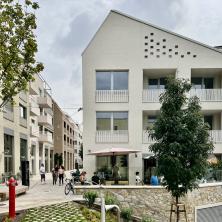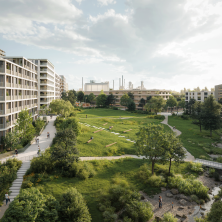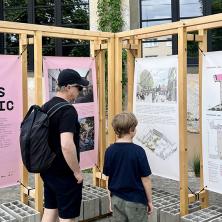Northala Fields Park, London, UK
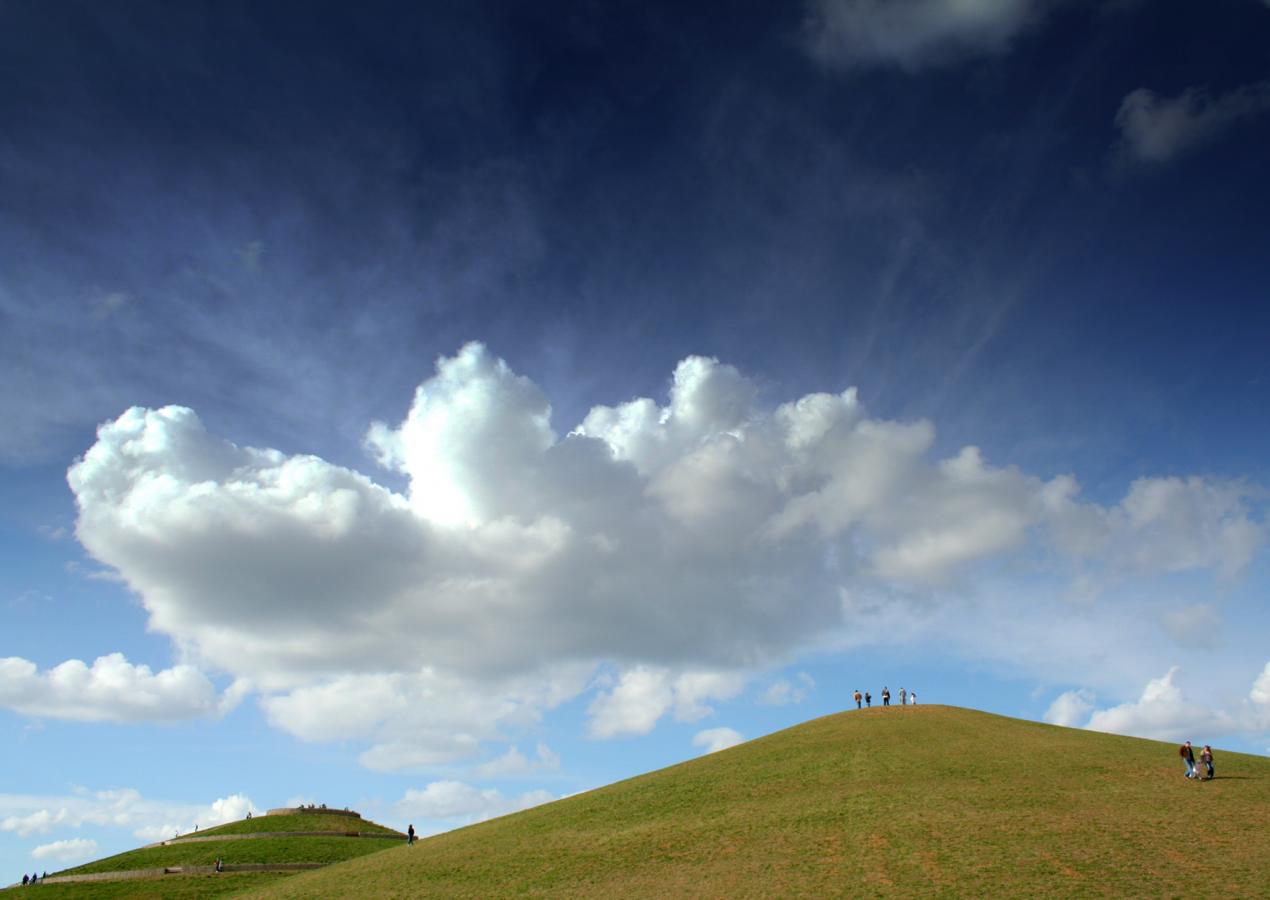
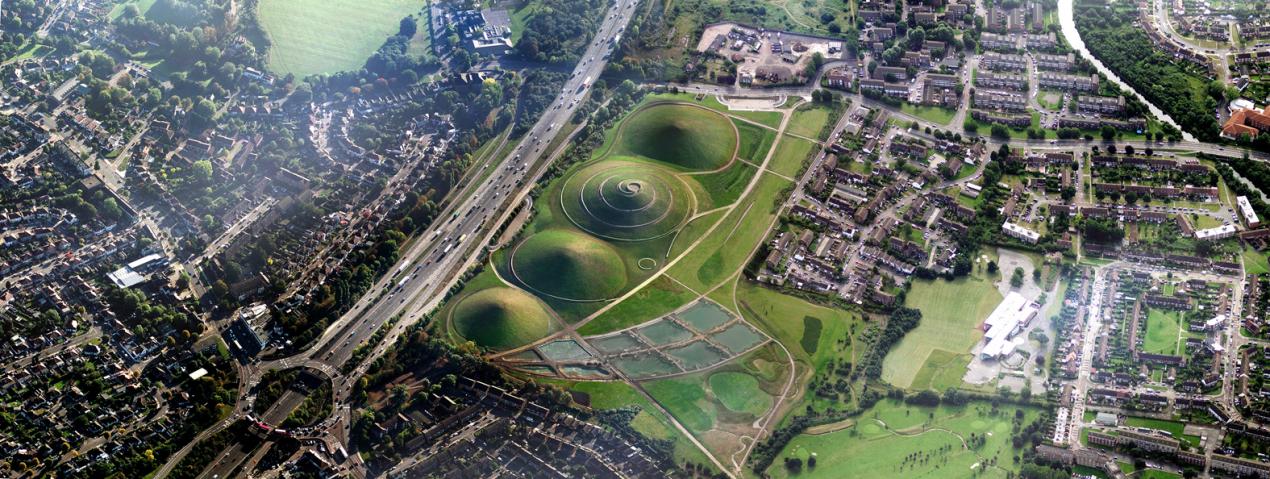
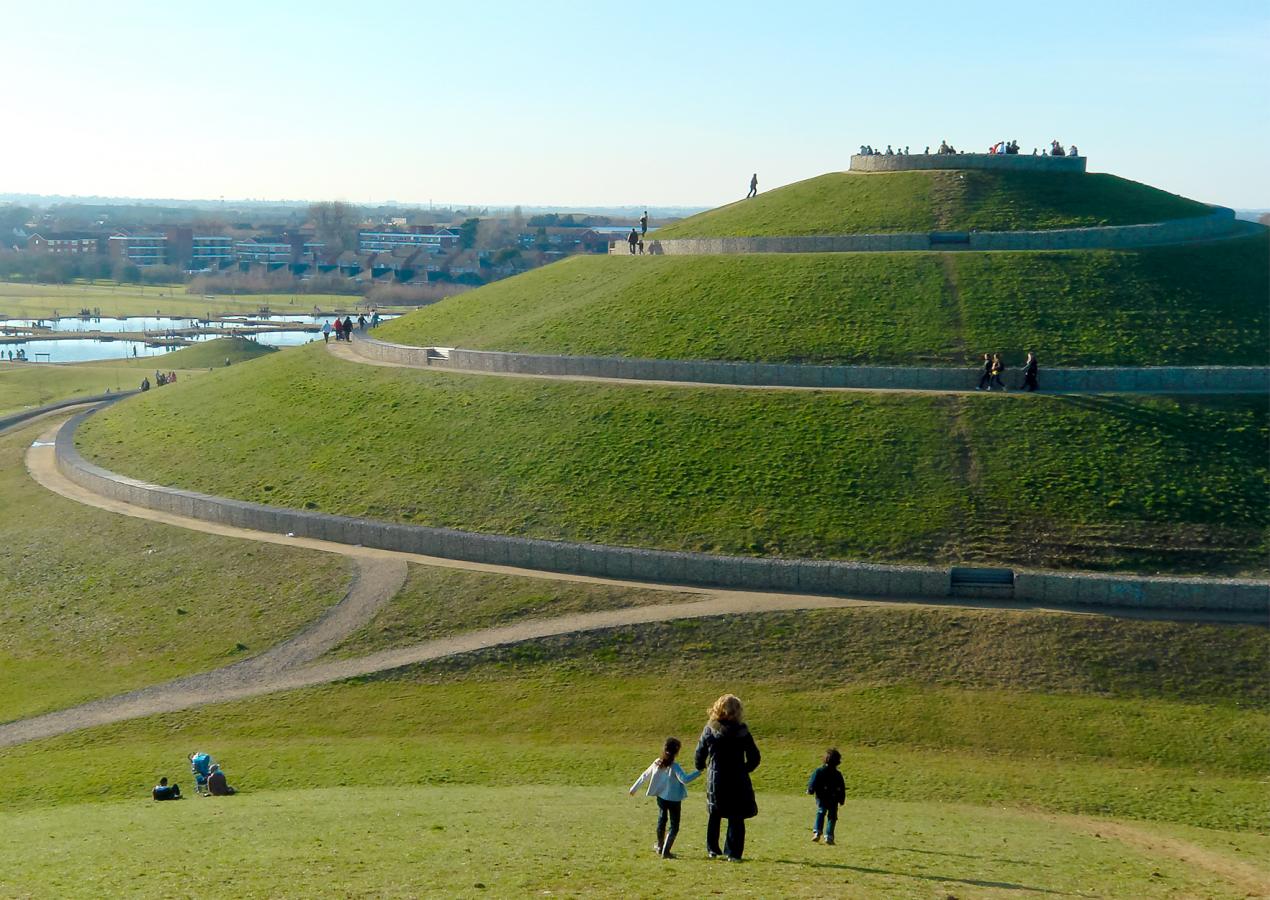
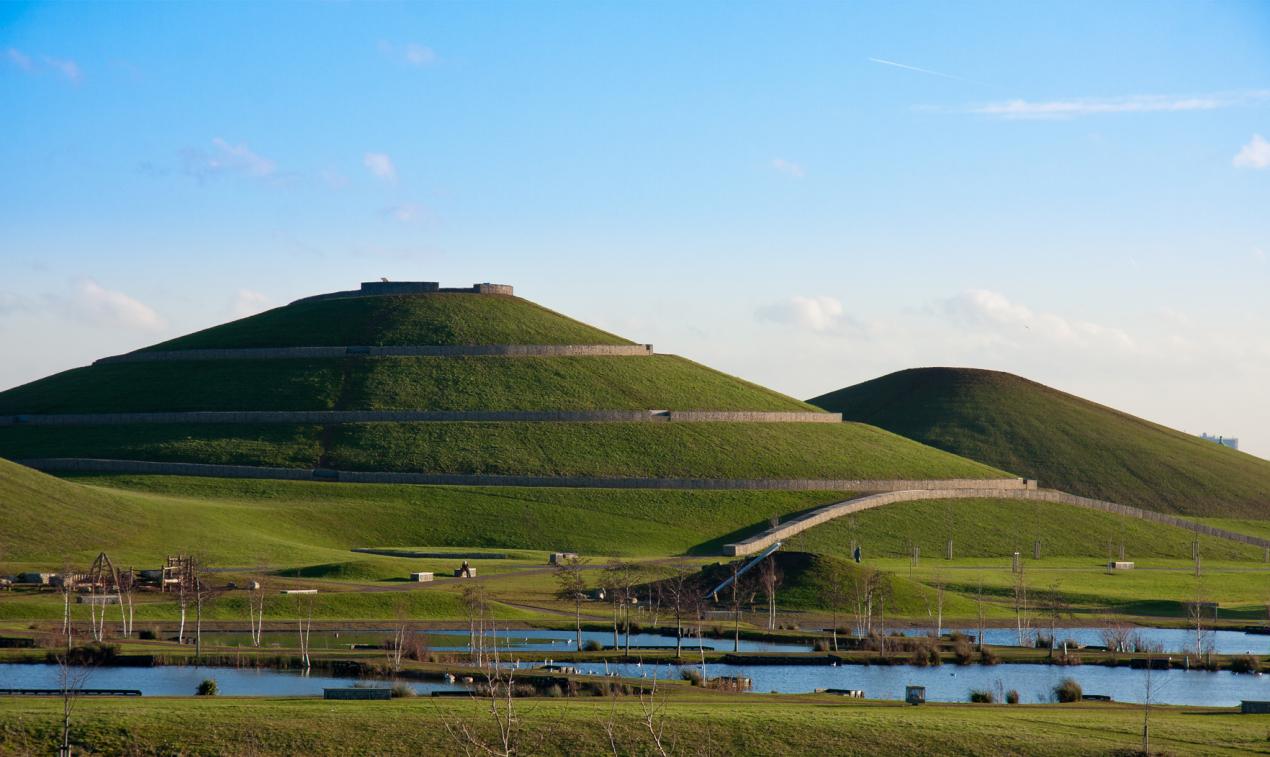
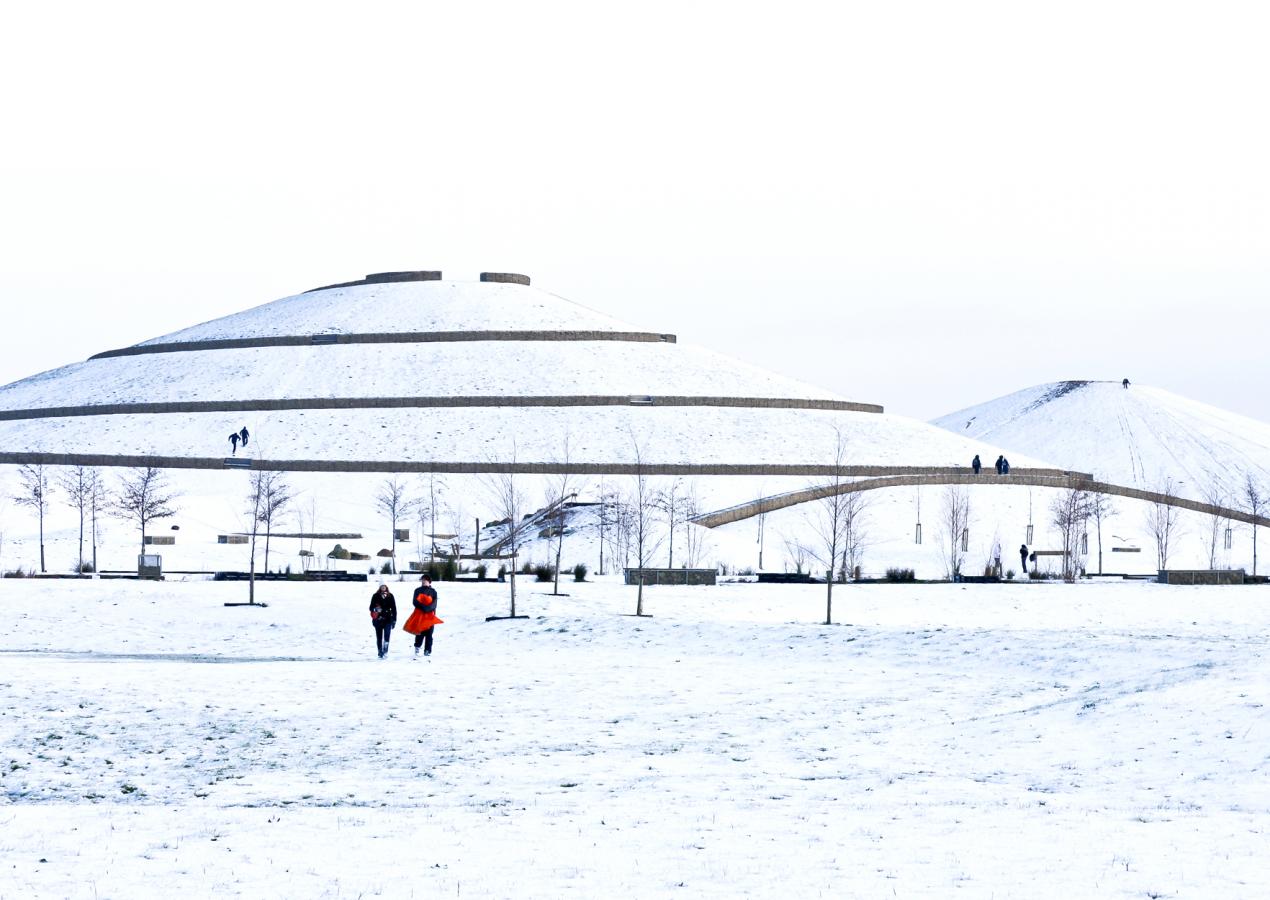

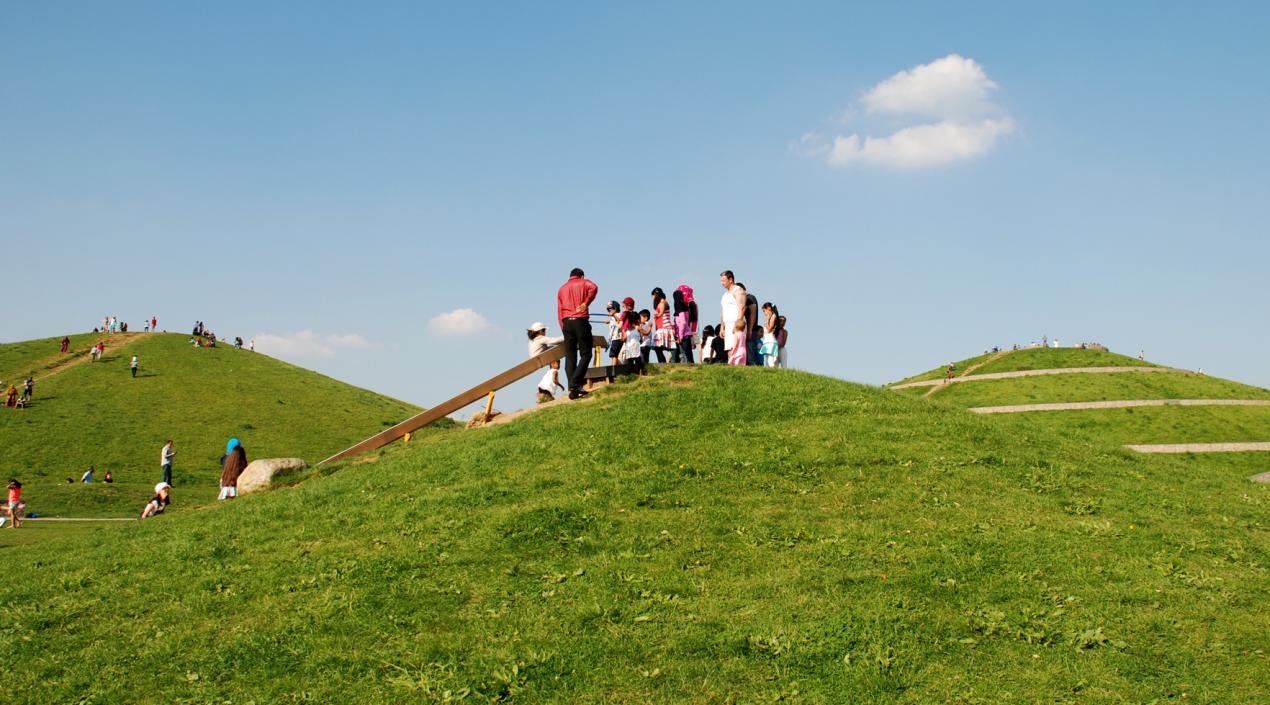
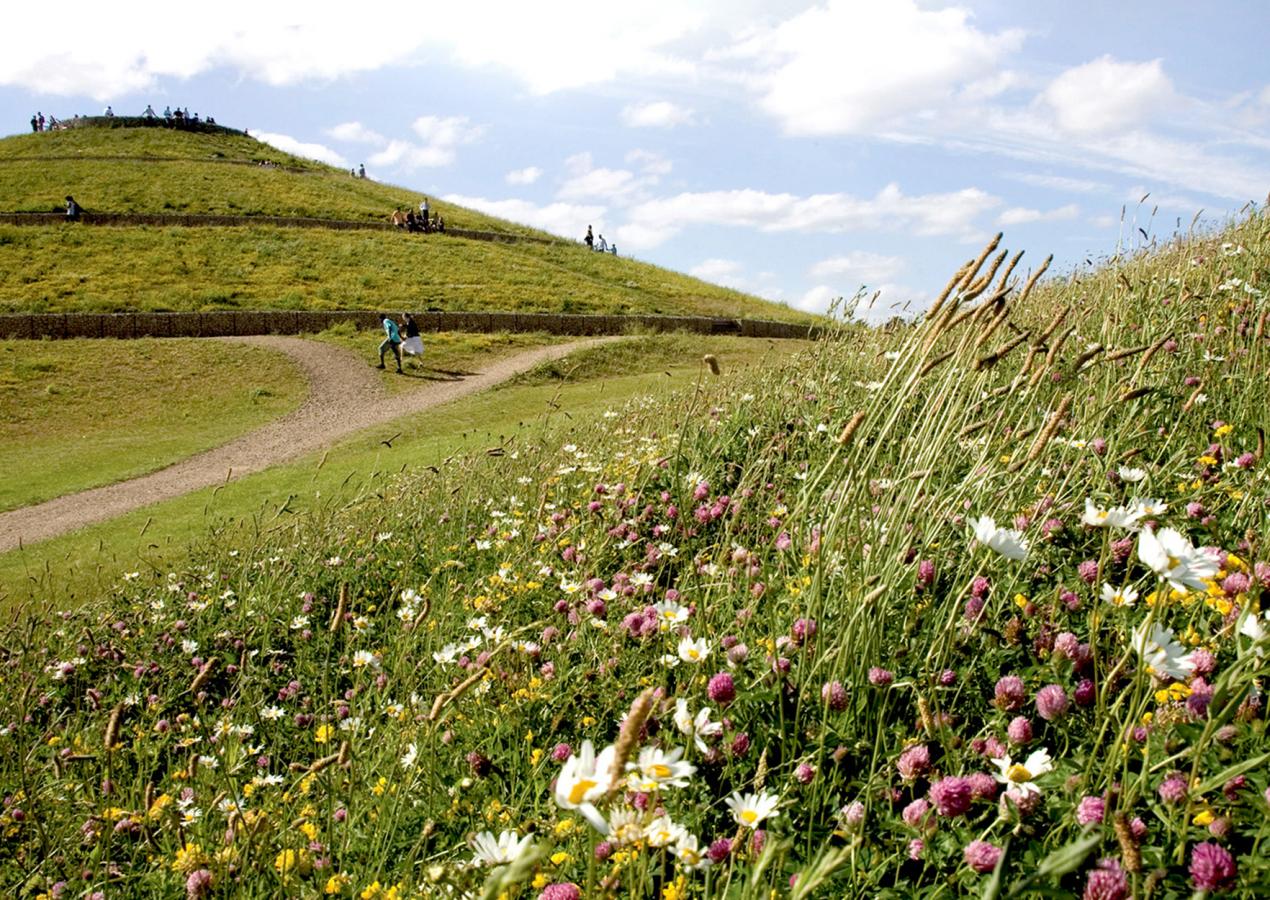
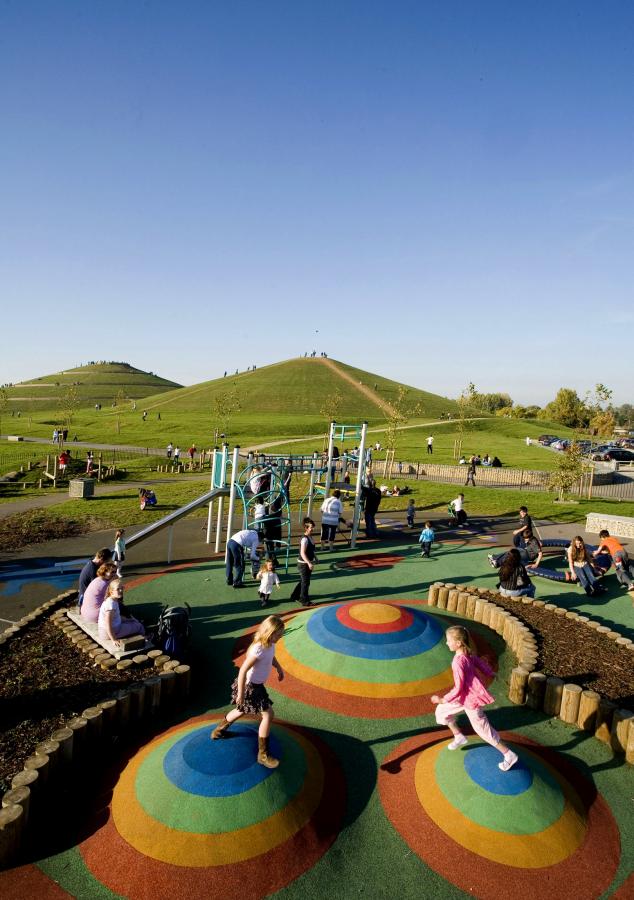


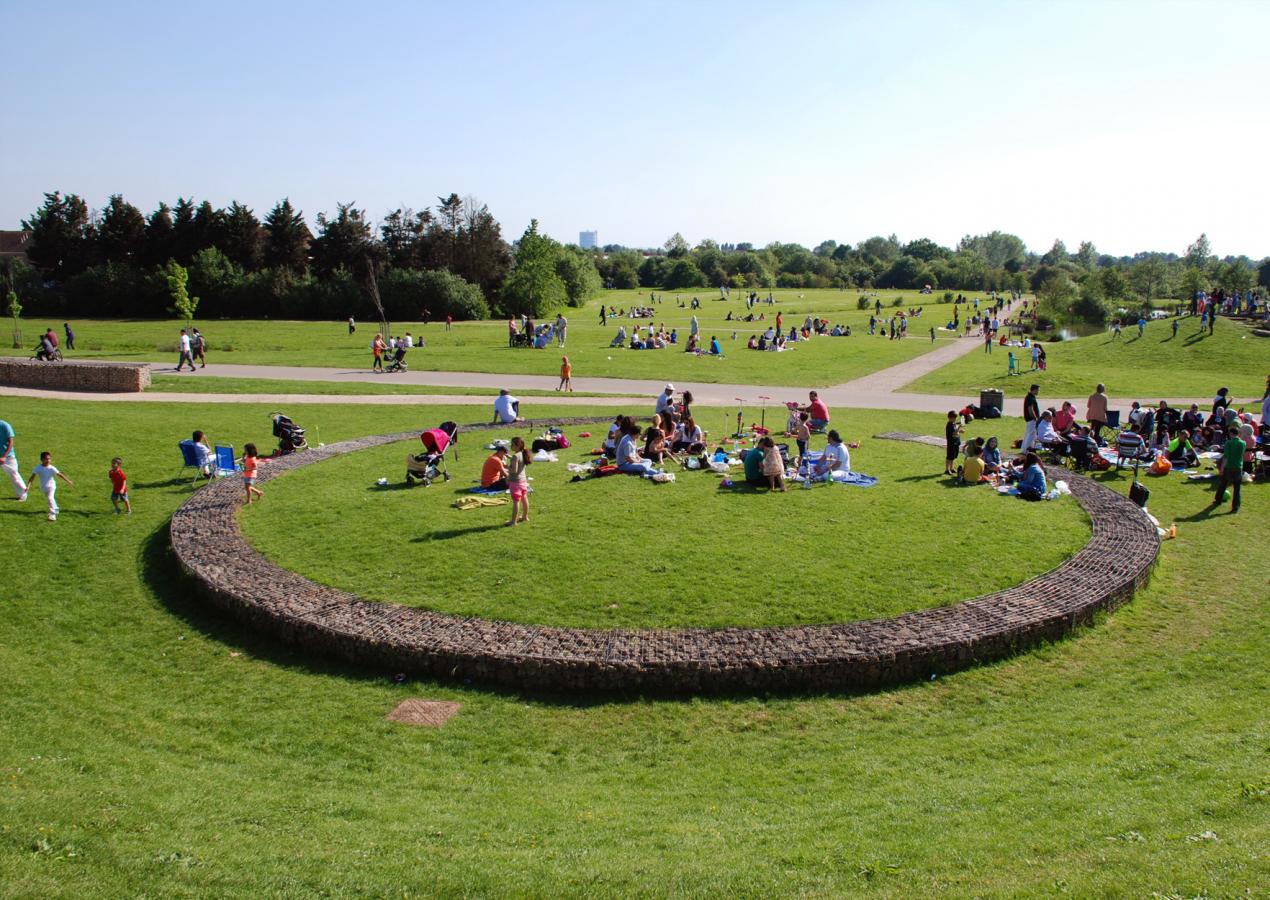
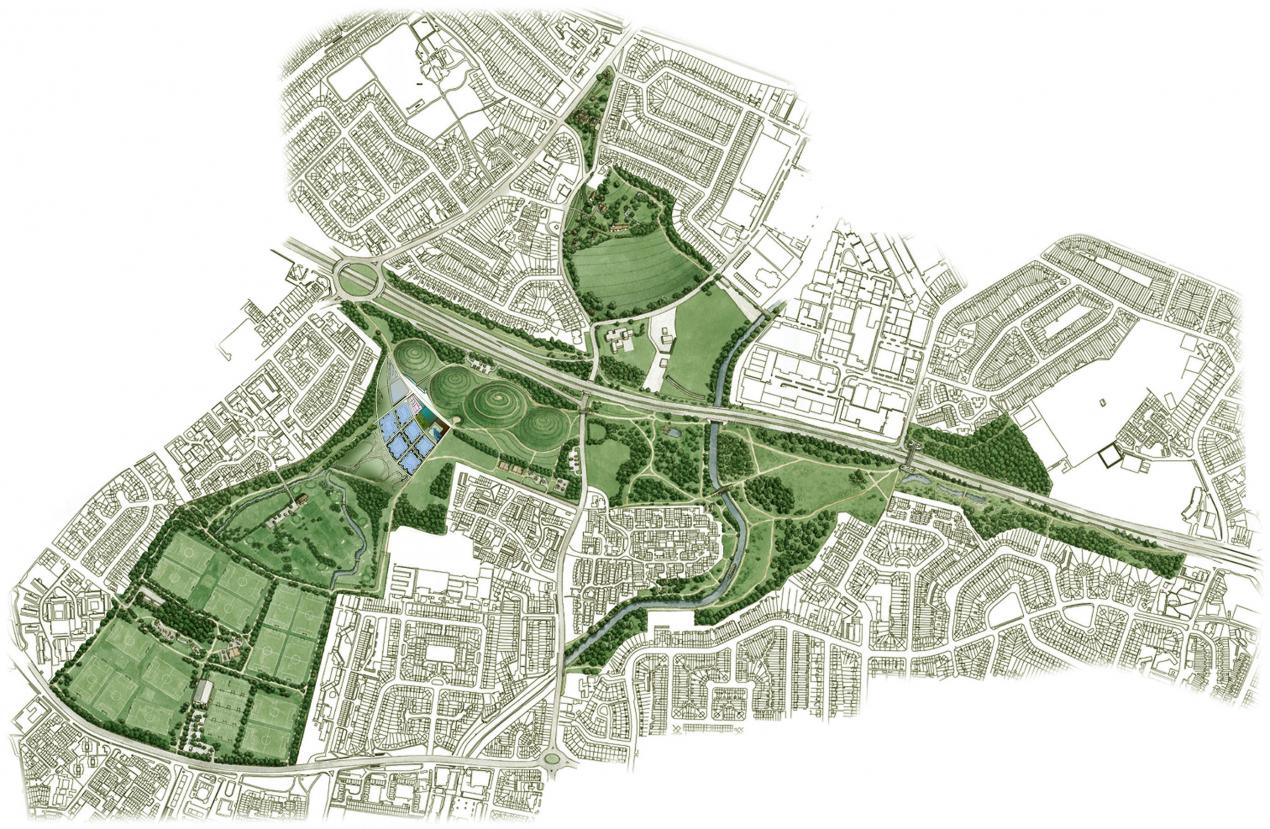
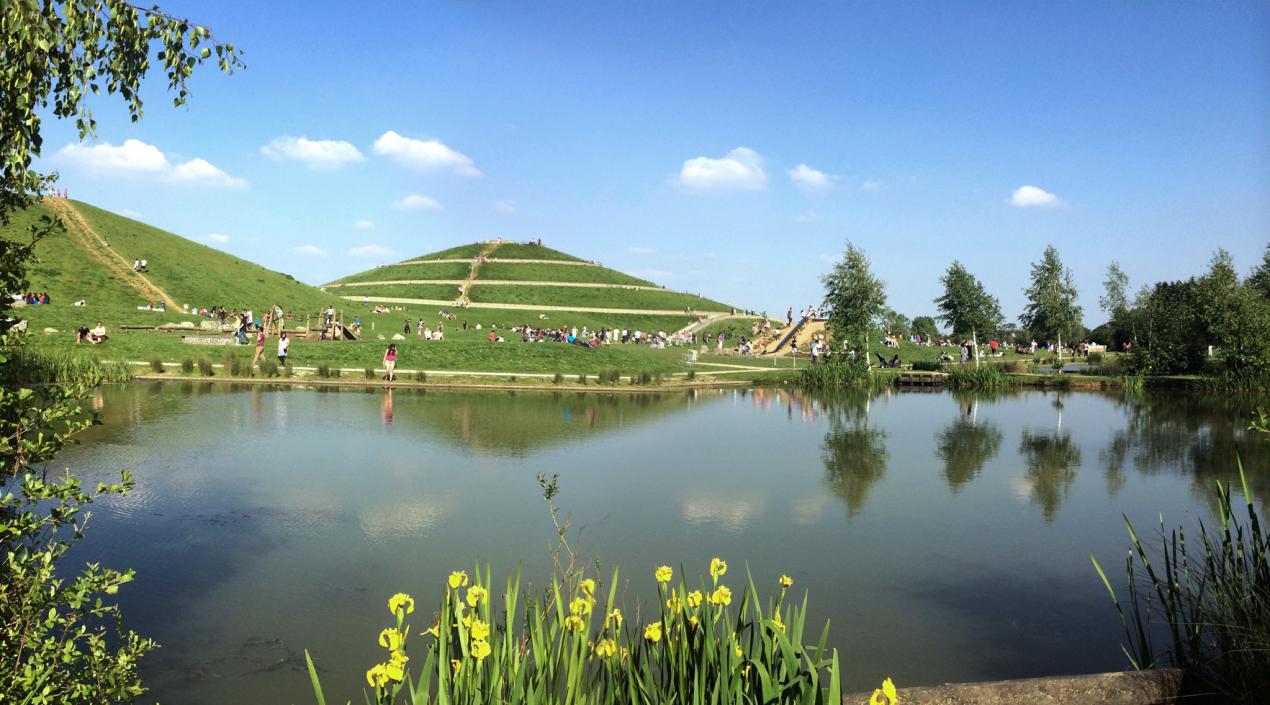

Competition Winner
Completed 2007
Client: London Borough of Ealing
Lead designer: FoRM Associates Partner in charge Igor Marko and Peter Fink
Photography: Marko&Placemakers, FoRM, Chris McAleese, Francis Moss
Northala Fields is the largest new park in London for a century and has been widely acclaimed as an exemplar of people-led sustainability. The most significant feature of the design is construction of a new monumental land form on site, utilizing substantial volumes of imported construction rubble from a pool of London-wide development projects such as Heathrow Terminal 5, White City and Wembley Stadium. The controlled deposition on site has successfully delivered £6 million of income, delivering the project at no cost to the tax payer.
The project was initiated through a two year consultation process where locals were directly engaged in discussions with the designers. During this process the surrounding communities became the park’s greatest supporters. Since its opening to the public in 2008, local residents are actively engaged in organising activities and programme in the park, which has become a vital resource for the whole area.
Four large conical earth mounds along the A40 edge of the site help to reduce visual and noise pollution and provide a major piece of ‘land art’ that is a landmark gateway for West London. The viewpoint on top of the tallest mound provides a 360-degree panoramic view of the surrounding area including central London and Canary Wharf. Water is another major feature of the park, with a network of six interconnecting fishing lakes, a model boating lake and wildlife ponds, streams and wetlands.
Enhancing the ecological values of the site has also been a focus of the new design. A range of new habitats was created: Woodland both around the perimeter and within the site adds to the diversity of the existing woodland habitat; each mound has been created with varying soil conditions that supports wildflower and grass seed mix to give four distinct habitats; water and wetland in the form of new watercourses provide opportunities for water and wetland flora and fauna that were not present on the site.

